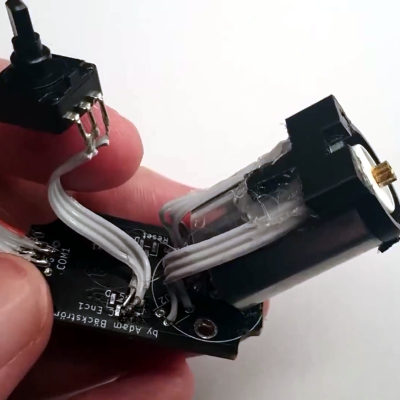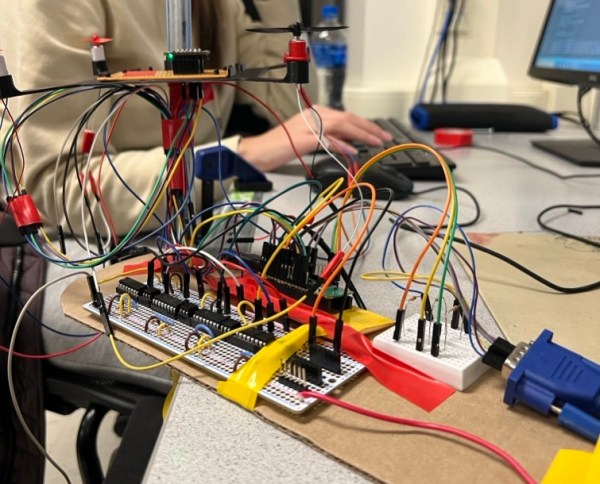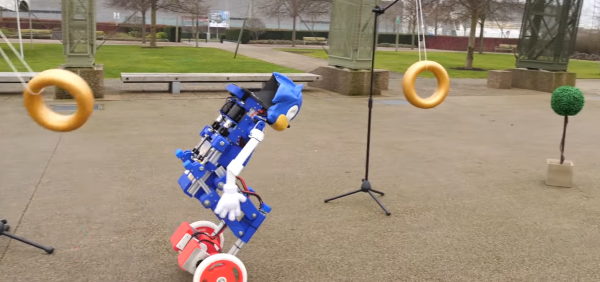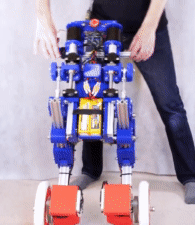Imagine trying to balance a heavy metal ball bearing on a cafeteria tray. It’s not the easiest thing in the world! In fact, it’s perhaps a task better automated, as [skulkami3000] demonstrates with this robotic build.
The heart of the build is a flat platform fitted with a resistive touchscreen panel on top. The panel is hooked up to a Teensy 4.0 microcontroller. When a heavy ball bearing is placed on the touch panel, the Teensy is thus able to accurately read its position. It then controls a pair of NEMA 17 stepper motors via TCM2208 drivers in order to tilt the panel in two axes in order to keep the ball in the centre of the panel. Thanks to its quick reactions and accurate sensing, it does a fine job of keeping the ball centred, even when the system is perturbed.
Projects like these are a great way to learn the basics of PID control. Understanding these concepts will serve you well in all sorts of engineering contexts, from controlling industrial processes to building capable quadcopter aircraft. Continue reading “Robot Balances Ball On A Plate”








 We covered the
We covered the 









